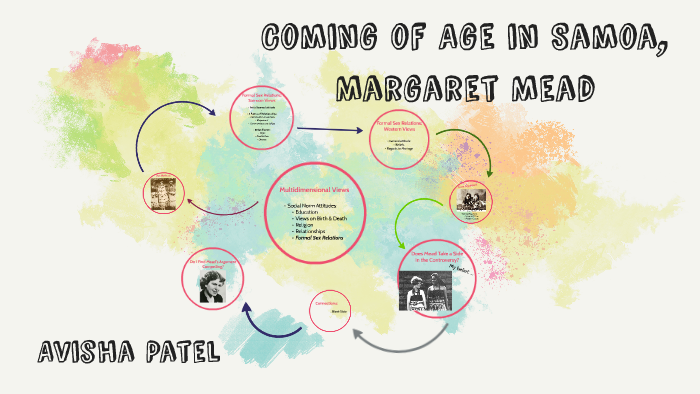

Most children are grouped into ages, unless they have a special title.

Bloodlines, relationships, legitimacy, and how pretty they are all considered with ranking. Many things go into hierarchy in the villages. A matai is an important man who is considered a leader of the village. Hierarchy depends on the matai and who is related to them. The families often live with relatives and live in houses with large numbers of people. The Samoan Household: This chapter discusses the hierarchy of the families.

They may be chosen to become one of the important elders, if they are skilled enough. Here, are taught to weave baskets and how to give gifts to their sweethearts. Once they are older, they are sent to an area of the village full of other boys and elder men with no title. The boys ages 6 to 11are taught how to fish and how to canoe. This is the age they have the most freedom. If they are considered lazy, the boys will not want to marry them. They now are taught to weave a variety of baskets and how to cook and find food. Once the girls are older, around age 14, they no longer have to watch the young children. They also do chores for the elders such as cleaning and cooking simple food. Girls ages 6 to 11 watch the younger children from dawn to dusk. They are taught simple rules like how to stay out of food, to stay off of mats being made, and how to not annoy their parents. Children from birth to age 5 or 6 are taken care of by slightly older children, instead of their parents. The Education of a Samoan Child: She discusses the education of the children, starting with the youngest. After dinner, everyone goes to sleep in their large family houses.

Afterwards, the older children go out and fish on the beach and the women start to make the community dinner. Around noon, the woman and children take a break from work and play to spend with their families or take a nap. The younger children go to play out by the beach, while some swim in the water. The villagers rise at dawn and the men leave to go work inland while the women start to make breakfast and weave. Throughout her research, she will answer the following questions "Are the disturbances which vex our adolescents due to the nature of adolescents itself or to the civilization?" and "Under different conditions does adolescents present a different picture?"Ī Day in Samoa: Mead describes a usual day for the villages she is staying in. In these simpler countries, law, religion, and history are not as difficult as European and Western countries. She chooses Samoa because they are a much simpler culture than European and Western cultures. Mead decides to do her ethnography in Samoa, primarily on Samoan adolescent girls. Adolescents are people between childhood and adulthood, who are often plagued with difficulties and conflicts. Introduction: This chapter mainly discusses what the book is going to be about, an anthropologist, Margaret Mead who is going to study adolescents.


 0 kommentar(er)
0 kommentar(er)
